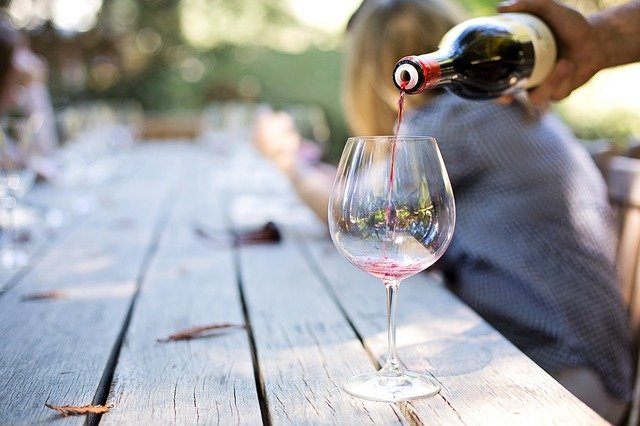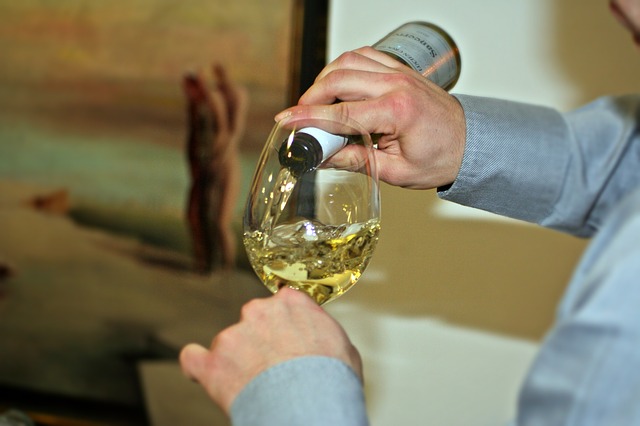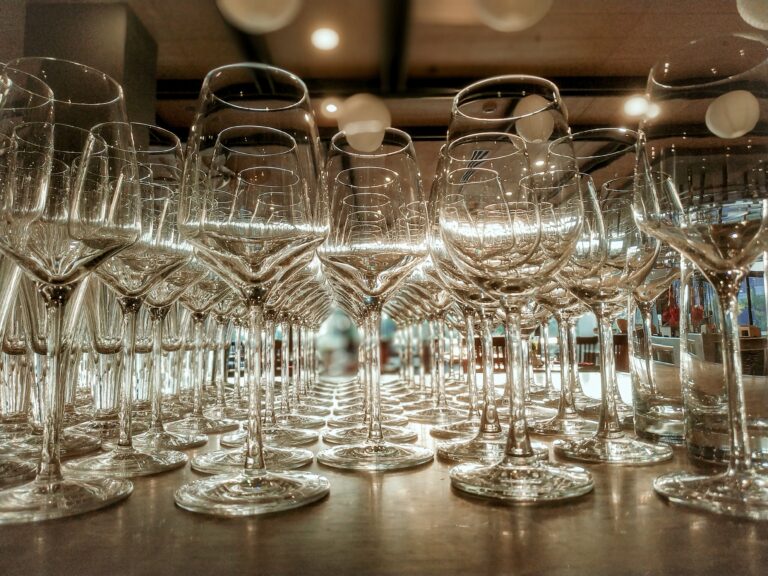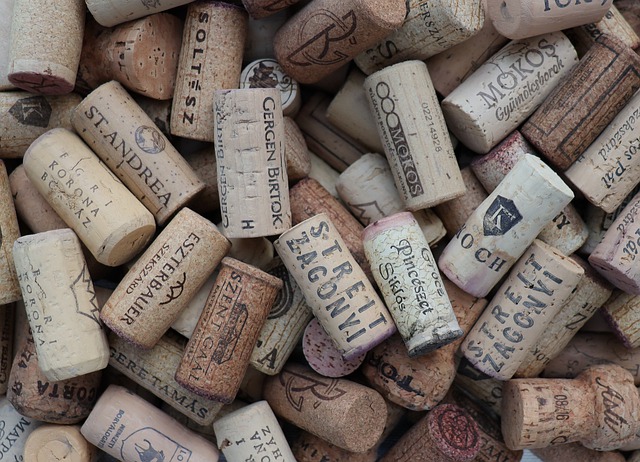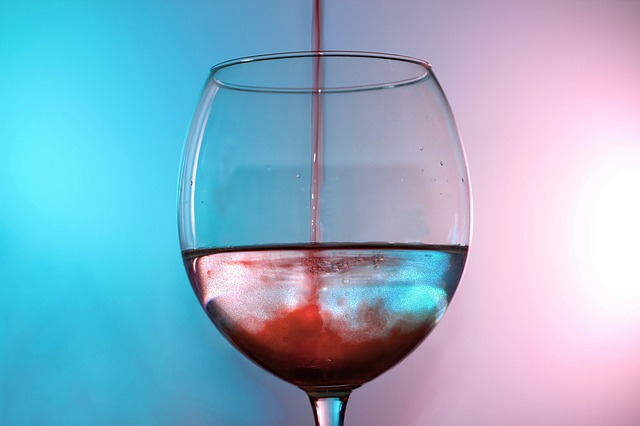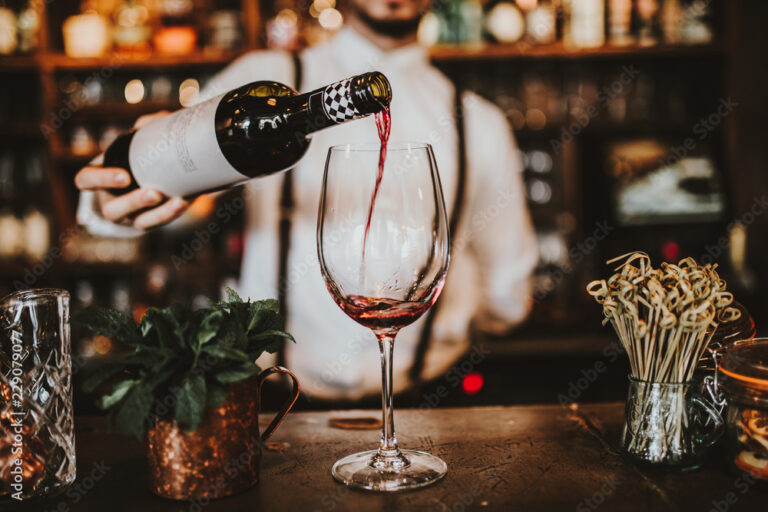Did you know that the way you hold your wine glass will affect the wine’s taste? If you’re interested in becoming more familiar with how to handle your wine glass, you’ve come to the right place! From proper pouring techniques to how to swirl it in your mouth
This article will cover everything you need to know about developing your own unique style of tasting and appreciating your favorite wines. Let’s talk about How to Handle Your Wine glass
Table of Contents
- Should you hold a wine glass by the stem?
- What is the proper way to hold a stemmed wine glass?
- What is the etiquette for holding red wine glass?
- How do you hold a champagne glass elegantly?
- How do you hold a wine glass for a girl?
- How do you hold a margarita glass?
- Why are wine glasses shaped the way they are?
- Is it okay to hold a wine glass by the bowl?
- Common Mistakes while handling a wine glass
- Conclusion
Should you hold a wine glass by the stem?
The most famous (or infamous) etiquette question when it comes to wine is whether or not you should hold your glass by its stem. Some people are firmly of the opinion that holding any wine glass by its stem cools down and dilutes it, giving you an entirely different tasting experience.
Others maintain that, because we use stemware for water all of the time without noticing any ill effects, there’s no need to worry about holding wine glasses differently. But what do experts say?
What is the proper way to hold a stemmed wine glass?
Many people are familiar with proper wine glass etiquette, but some details may still confuse you. For example, what is the proper way to hold a stemmed wine glass? Generally speaking, you should hold your glass by cupping your hand around it and gripping its stem.
That grip can be more subtle or more firm depending on how fragile (or not) your wineglass is and whether or not you’re dining in close quarters where jostling could cause accidents.
When holding a stemmed glass near another guest’s arm (as in at a crowded table), use discretion when gripping tightly—other guests don’t need help spilling their drinks! Most bar glasses are also held similarly, except they’re often gripped with two hands.
Looking for the Tips on Pouring the Perfect Glass of Wine
What is the etiquette for holding red wine glass?
Your hands should be cupped around either side of your glass; when you lift it, your palms will rest on top. (Don’t put them underneath, as holding a wine glass is tricky enough.) When you take sips from your glass, sip from its center and let air enter your mouth.
This is easier than it sounds—you’ll get used to it after about three sips. Another thing: Don’t use red wine glasses for white wine. The shape and size of these two types of glasses are too different to make that comfortable.

And please don’t swirl red wine around in its glass—this aerates it too much, and once again, not in a good way.
How do you hold a champagne glass elegantly?
Learning proper etiquette when sipping your favorite wine can make you seem more sophisticated and knowledgeable. But knowing how to hold a glass isn’t just about looking good at dinner parties.
It’s also an opportunity for you and those with whom you socialize to enjoy your time together even more. Whether you have champagne at Sunday brunch or wine with friends on
Friday nights, here are some tips for holding and serving champagne glasses (and wine glasses) like a pro.
How do you hold a wine glass for a girl?
Most people hold wine glasses by wrapping all of their fingers around them. While it seems like a natural way to hold such an elegant glass, wrapping your fingers around it causes you to lose body heat from your hands as well as feel more intoxicated.
To hold your wine glass properly, put your dominant hand on top of hers and place her fingertips between yours. Then have her wrap her thumb and ring finger (if she has longer ones) over your pinky and ring finger for support.
This creates a beautiful, traditional shape for holding wine glasses that doesn’t make you lose heat or tipsy faster!
How do you hold a margarita glass?
You hold a martini glass by placing your pinky finger on top of it. A martini glass is designed to quickly drink out of it while holding it in one hand, so how you grip it and place your hands impacts how smoothly (or not) your cocktail experience will go.
For example, if you put your pinky finger on top, with your index finger placed underneath, then take hold of one of those two fingers with your other hand and gently squeeze; that gives you an idea of how best to hold a large wine glass.
Why are wine glasses shaped the way they are?
You might not realize it, but there’s an art and science behind how wine glasses are shaped. Not only does shape impact your perception of how wine tastes, it also affects its aroma.
You see, aroma—the sensation you smell when you take a whiff of wine—is one of our senses’ most powerful triggers.
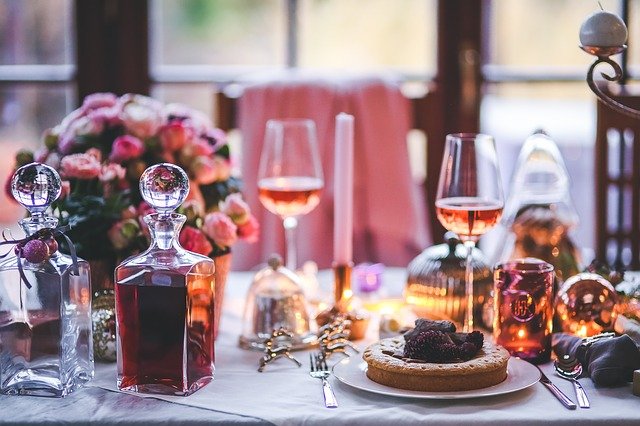
Plus, since we’re more receptive to smell than sight or taste when we eat or drink something new, your nose must be able to pick up as much information as possible! Here are three ways that different shapes affect your drinking experience
Is it okay to hold a wine glass by the bowl?
Whether or not it’s acceptable to hold your wine glass by its bowl has become a controversial subject in some wine circles. The purpose of holding your glass by its bowl is twofold:
First, it allows you to swirl and aerate your wine to smell better and taste its nuances.
Second, it keeps fingerprints off of what could be an expensive piece of stemware. But because many etiquette mavens believe that only proper crystal should ever be touched (i.e., with only your pinkie)
There is an increasing sentiment that holding wine glasses by their bowls is strictly taboo.
Common Mistakes while handling a wine glass
One of the most common mistakes is not paying attention to how your hand smells and tastes, which means you may pick up all sorts of aromas and flavors you didn’t intend to imbibe. To avoid contaminating your wine with nasty odors, rinse your hands thoroughly before you pour.
This is particularly important when you’re holding several wine glasses, as it ensures no germs from one glass transfer over to another.
Finally, don’t forget that wine glasses are made from different materials (like lead crystal), so rinsing each thoroughly after use can help preserve their integrity. No one wants shards of glass in their Merlot!
Conclusion
You must understand your preferences. The more you drink, the more you know what you like and don’t like about different types of wine.
However, everyone is unique in their taste buds and no one can tell you if something is not for you—you have to figure that out for yourself.
You must also be open minded about wine types and varieties of grape wines, because there are so many kinds and combinations out there—the possibilities are endless!
Lastly, keep in mind that red wines have antioxidants that fight aging; white wines include flavonoids (that lower bad cholesterol) and resveratrols (that slow down aging); while rosé has good levels of proanthocyanidins which reduce inflammation.

